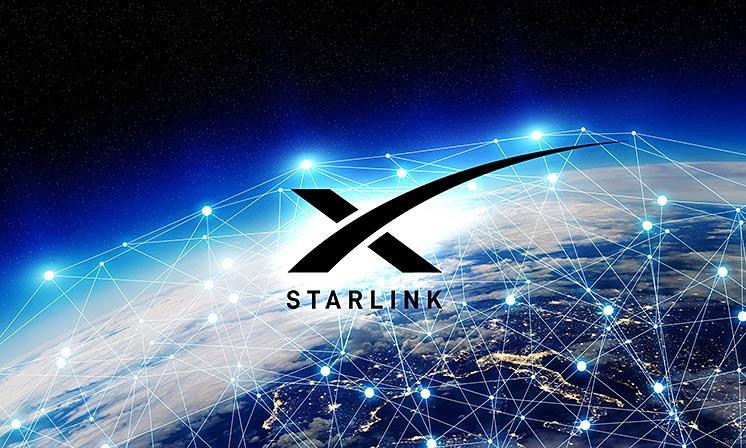Is it time for a RAM upgrade?
It is suggested many times, to upgrade your system’s RAM when performance issues arise. A RAM upgrade involves adding more RAM chips into the PC’s motherboard, which alleviates system resources. In addition, there are several benefits to upgrading your memory. It improves the speed at which your programs work, and helps Windows to multitask effectively. Before you upgrade, be sure to check out the top tips for speeding up your computer.
What is Random Access Memory?
RAM is an acronym for Random Access Memory. Your computer makes use of it for storing data. This data is made up of everything you do on your computer session. Open programs, background services, and processes, all use the available RAM of your system. Any data stored in this component is lost when the computer switches off. Thus, your RAM is responsible for holding operating information and saves this data to your hard drive before shutdown.
How much RAM you need depends solely on how you use your computer. Some only do a RAM upgrade when necessary. If you’re using it for playing the latest games then you’d want to have at least 8GB’s of available RAM at your disposal. Users that perform intensive multitasking, video production, or even media editing, will benefit from installing 16GB’s of RAM.
Do I really need more than 4GB RAM?
First of all, let’s clarify the subject of what more RAM can do for you. The biggest benefit is better multitasking. Multitasking is when you use many applications on your computer at once. Having a lot of memory allows you to navigate between these applications quicker. This is especially true for some of today’s resource-hogging software, such as Photoshop or Outlook, which gain a huge performance boost when you upgrade from 4GB to 8GB, or 16GB.
To analyze whether your system is using the memory properly, or if there are errors or faults with the component, be sure to check out this guide on how to use the Windows Memory Diagnostic Tool.
What are the advantages?
Some of the most important pros of doing a RAM upgrade are listed here:
- Everyday tasks are faster, and have better multitasking performance.
- Programs are less likely to stop responding.
- Less operating system glitches.
- No more delayed responses in the user interface.
- No more messages telling you “Low Memory”.
- Free up resources for system updates and background processes to run, without slowing down your entire experience.
Furthermore, the extra memory gets allocated to the system for opening several applications at the same time. Having more RAM will remove the chances of your system coming to a crawl when you have a number of programs open at once.
Browsing the web is noticeably faster. If you’re using Chrome then you’ll notice a huge difference, especially with multiple tabs open. Web browsers tend to load faster after upgrading your RAM to at least 8GBs. This is because of the system using a page file on your hard drive, rather than the RAM. More information on the page file can be found here.
Gaming performance will be the most notable upgrade. You will see higher frame-rates and faster loading times. The AAA-rated games of today have started recommending 8GB’s of RAM as a requirement. If you have anything lower, games will stutter, and may not even work at all. In conclusion, the user will have a much better experience, considering the faster gameplay and visual benefits that can be achieved by upgrading.
The difference between DDR3 and DDR4
With hardware being updated to newer innovations in technology, RAM chips also get upgraded. DDR stands for “Double Data Rate”. This refers to how the circuits are integrated into the RAM chip’s PCB. Effectively, it means that DDR type memory can send and receive signals twice per cycle. It is most commonly used in our current computers and smartphones today.
DDR3 was released in 2007 and designed for Intel’s LGA1366 socket boards all the way up through LGA1151. AMD’s AM3/AMD3+ and FM1/2/2+ were supported as well. However, modern platforms have switched over to DDR4 since its release in 2017.
The main advantage that DDR4 offers over DDR3 is the speed and voltage at which it runs. DDR4 operates at 1.2v while DDR3 resorts to 1.5v. It’s not a big difference, but it saves energy and in turn decreases the maximum temperature of the component. Another step forward is the speed, which can go as high as 4800MHz for a desktop DDR4 module. DDR4 has a base speed of 1600MHz and DDR3 operates from 800MHz.
Ultimately, DDR4 is the way to go in terms of pricing and performance. It sells for cheaper than its predecessor, boasts good speeds, and is more compatible with today’s motherboards.






